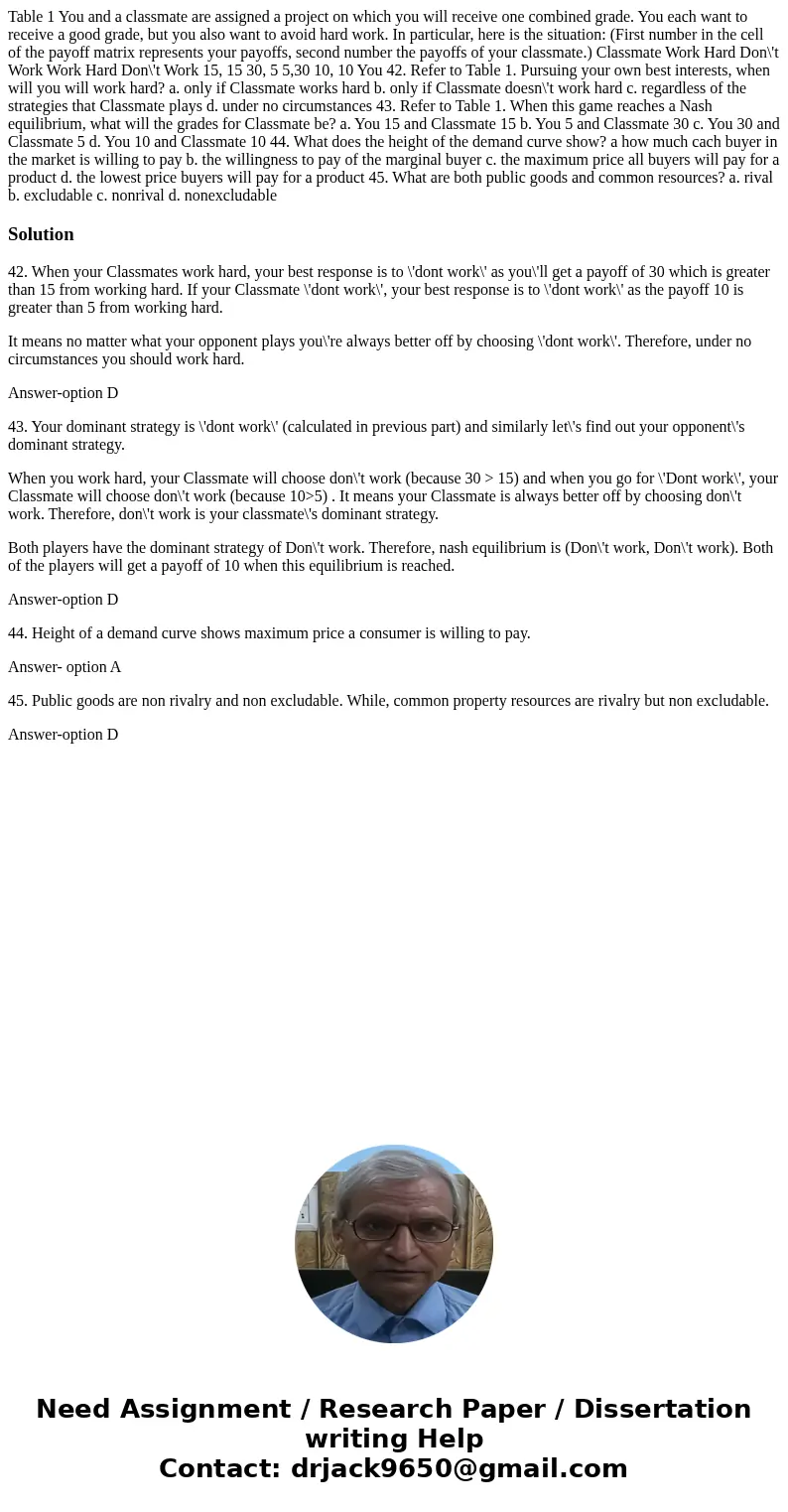Table 1 You and a classmate are assigned a project on which
Solution
42. When your Classmates work hard, your best response is to \'dont work\' as you\'ll get a payoff of 30 which is greater than 15 from working hard. If your Classmate \'dont work\', your best response is to \'dont work\' as the payoff 10 is greater than 5 from working hard.
It means no matter what your opponent plays you\'re always better off by choosing \'dont work\'. Therefore, under no circumstances you should work hard.
Answer-option D
43. Your dominant strategy is \'dont work\' (calculated in previous part) and similarly let\'s find out your opponent\'s dominant strategy.
When you work hard, your Classmate will choose don\'t work (because 30 > 15) and when you go for \'Dont work\', your Classmate will choose don\'t work (because 10>5) . It means your Classmate is always better off by choosing don\'t work. Therefore, don\'t work is your classmate\'s dominant strategy.
Both players have the dominant strategy of Don\'t work. Therefore, nash equilibrium is (Don\'t work, Don\'t work). Both of the players will get a payoff of 10 when this equilibrium is reached.
Answer-option D
44. Height of a demand curve shows maximum price a consumer is willing to pay.
Answer- option A
45. Public goods are non rivalry and non excludable. While, common property resources are rivalry but non excludable.
Answer-option D

 Homework Sourse
Homework Sourse